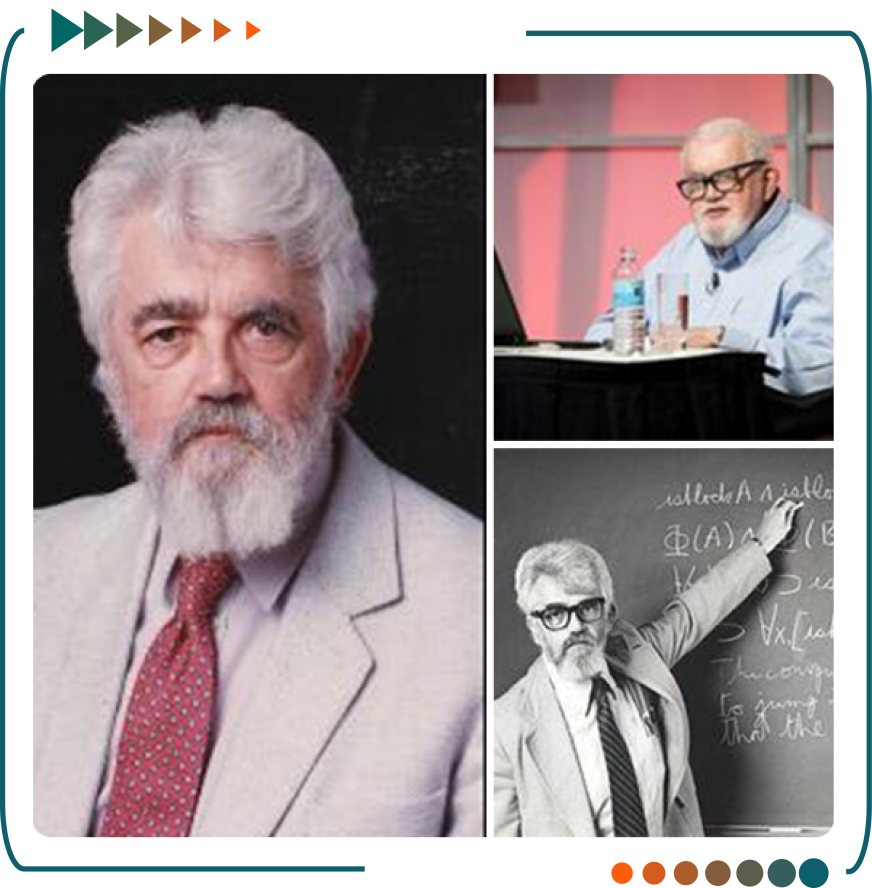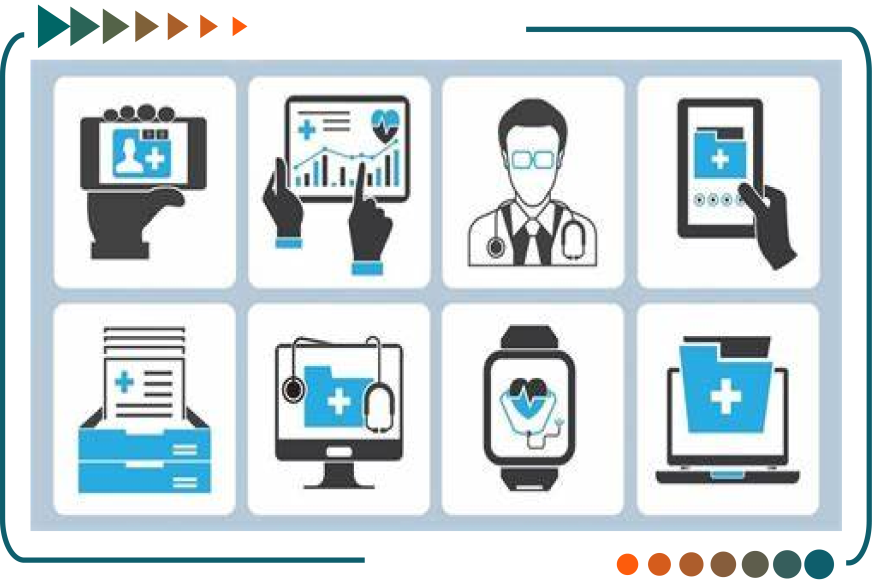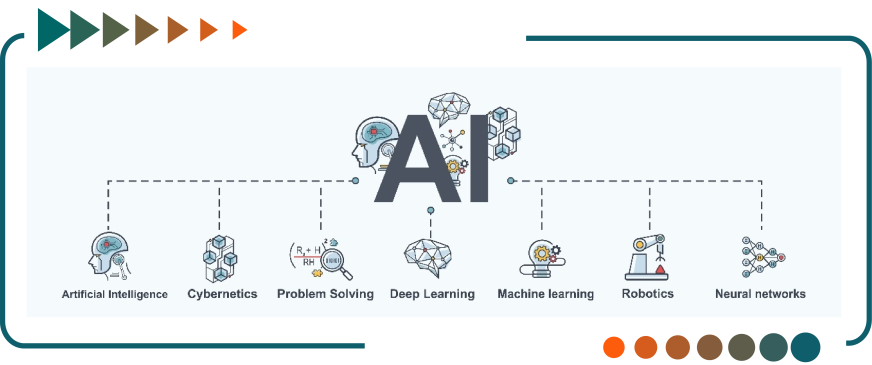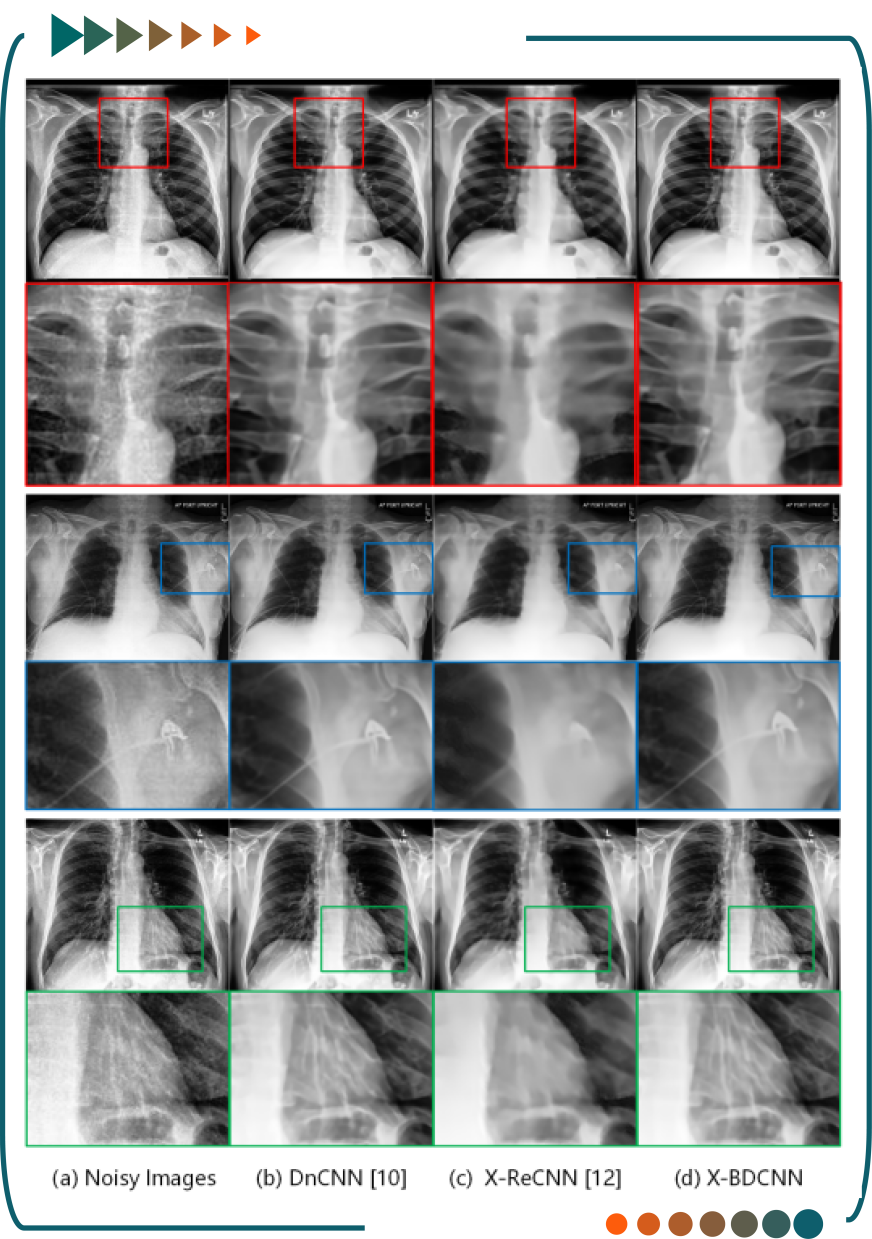All Flowers Blossom Together – “Smart Healthcare”
The concept of "Smart Healthcare" was first proposed in the Chinese world, and all parties are still trying to take the lead and make an authoritative definition. In other worlds, no one has mentioned the concept of "Smart Healthcare" yet, where it is still in the stage of talking about artificial intelligence and medical health, robotic surgery, big data in healthcare, etc., which are concrete but lack strategic thinking.
Whether it is "Smart Healthcare" or the "intelligent medical equipment" mentioned in the national "14th Five-Year Plan", one of the foundations is artificial intelligence. And the concept of "artificial intelligence, abbreviated AI" was first proposed by John. McCarthy and other scientists at a meeting at Dartmouth College in the United States in the summer of 1956, with the aim of enabling machines to think like humans and to make machines intelligent.

In the decades since the concept of artificial intelligence was proposed, many new theories and new technologies have emerged, like the development in other fields, new breakthroughs stimulat a wave of research, high enthusiasm leads to unrealistic goals, and then a succession of failed expected goals bring troughs, until the next wave of breakthroughs.
However, since 2011, with the development of new generation information technologies such as big data, cloud computing, and the Internet of Things, as well as advanced manufacturing technologies such as additive manufacturing and intelligent robots, it has ushered in what is considered to be the last wave of artificial intelligence. During this period, artificial intelligence technology developed rapidly, greatly spanning the "technological gap" between science and application, and many artificial intelligence technologies have achieved technological breakthroughs from "unusable, difficult to use" to "usable".
In the wave of artificial intelligence, the medical field has gradually examined and studied artificial intelligence in depth, and some technologies have been selectively used in clinical practice. Since 1995, computer navigation, robot-assisted and three-dimensional digital programming have become commonplace in many regions of the world. However, due to the specificity of the medical field, the application of artificial intelligence in some parts of the medical field is not in good progress.
Data processing in electronic medical record systems (EMRs) is an example. In this system, the burden of near-oppressive data gathering volumes plagues many health networks. Dealing with such enormous sets of information, of almost infinite complexity inevitably involves human limitations such as inconsistency, fatigue, cognitive judgment errors, selection bias, poor inter-user correlation (reflecting consistency), and limited processing speed. In face of such challenges, artificial intelligence algorithms, represented by artificial neural networks, have unique analytical capabilities and efficiency advantages. However, with the highest standards of patient privacy protection in the medical field, the industry as a whole is skeptical about this. Without massive high-quality medical data as foundations, the horn of artificial intelligence in this field is always blown high and gently lowered.

However, artificial intelligence has developed a number of mature applications, such as neural networks, robotics, machine learning, deep learning, cybernetics, etc. Although the application of machine learning for case data processing has been slow, the exploration of other technologies in the medical field is forging ahead.

In the case of intraoperative X-ray imaging equipment, for example, the "simple" process from triggering X-ray generation to producing a clear image only takes as little as one or two seconds, and in this very short time, almost 20 algorithms are often involved:
- The upper computer of the device communicates with the lower computer and select the most appropriate exposure parameters (mA, kV, etc.) upon the real-time situation of the X-ray passing through the anatomy.
- The computer then selects the appropriate display parameters (brightness, contrast, etc.) for the monitor upon signals through X-ray conversion and transmission.
- At the same time, optimize the image quality upon image (noise reduction, motion artifact removal, metal recognition and imaging optimization, etc.) to finally present the image required for surgery.
In the past, traditional algorithms were basically based on a huge amount of Prior Data for automatic comparison and selection, and this prior database was collected, summarized and maintained by people. After the artificial intelligence algorithm is gradually applied to this field, through the training of the algorithm and continuous self-optimization, it may eventually surpass the Prior Data, exceed the upper limit, and complete the selection of exposure parameters, image display parameters, remove motion artifacts, and intelligently image metal better and faster, so that the image quality and imaging efficiency are improved.
In the field of image noise reduction, the noise reduction algorithm based on artificial intelligence shines even more. There are many sources of noise in X-ray images, and one positively correlated factor is the adequacy of the effective X-rays dose. The noise increases significantly when the effective dose is low. With the emergence of many new artificial intelligence noise reduction algorithms, the noise reduction ability of X-ray imaging has been greatly improved, and the quality of X-ray images produced by a 5kW tube (X-ray generator) is now close to or equivalent to that of a 15kW tube.

The process of artificial intelligence deeply involved in surgical X-ray imaging is “quiet”, but it has brought benefits that cannot be ignored:
- Stronger noise reduction to achieve image quality at high doses while with low doses
- Improve image quality and reduce the time and risk of repeatedly adjusting or even re-shooting in order to get a "good image".
- Better intelligent recognition algorithm to reduce the interference on imaging by common metal tools and implants.
- Better motion artifact removal algorithm to reduce the interference on imaging by target movement.
- Imaging efficiency is improved and X-ray exposure time is shortened
All of this results in shorter surgical procedure times, smoother procedures, lower near-term and long-term risks, and more stable clinical outcomes, while reducing the reliance on high-powered X-ray tubes and indirectly reducing the radiation dose, and the benefit is self-evident for doctors and patients.
Robotics is another important interdisciplinary in the field of artificial intelligence, and in the field of orthopedics, intraoperative X-ray 3D tomography imaging is part of the common total solutions. When a C-arm or CT scan is scanning around an anatomical structure, it is not possible to obtain cross-sectional tomography images directly by scanning itself, but requires complex algorithms to accurately reconstruct them. Artificial intelligence noise reduction algorithms enable image quality at high X-ray doses while with low doses. Because the overall dose of 3D tomography imaging is higher, the benefits of AI noise reduction algorithms are even greater when finding the right balance between image quality and X-ray dose performance. Through algorithm development, algorithm training, algorithm performance verification and iterative optimization, the deep learning reconstruction algorithm continuously improves the ability to identify and suppress noise in real signals that reflect anatomical and pathological features, so that the anatomical and pathological features in the image will not be damaged, to produce sufficient image quality and provide more accurate guidance for surgery while reducing the radiation dose.
"Precision medicine" has a very clear goal and assessment criteria, that is to provide customized diagnosis and treatment plans for each individual for more targeted and accurate diagnosis and treatment. In contrast, the goals and standards of "smart healthcare" are much more vague, resulting in the fact that as long as AI-related technologies are combined with medical care, they can be classified as "smart healthcare". Therefore, if "precision medicine" is the Tree of Hope rooted in clinical practice and with clear veins, "smart healthcare" is more like a flower that blooms all over the mountains and fields overnight.
Although artificial intelligence in the medical field is still far from the height it should be, in addition to the popularity in the field of scientific research and product research and development, governments around the world have also increased their investment in this area. China has provided support for "smart healthcare" since the "13th Five-Year Plan", and the support measures for "intelligence" in healthcare field have become more specific and frequent in the "14th Five-Year Plan". This is not only the hope for its potential to "surpass itself", but also the hope for "scientific and technological innovation to serve people".

 English
English 
